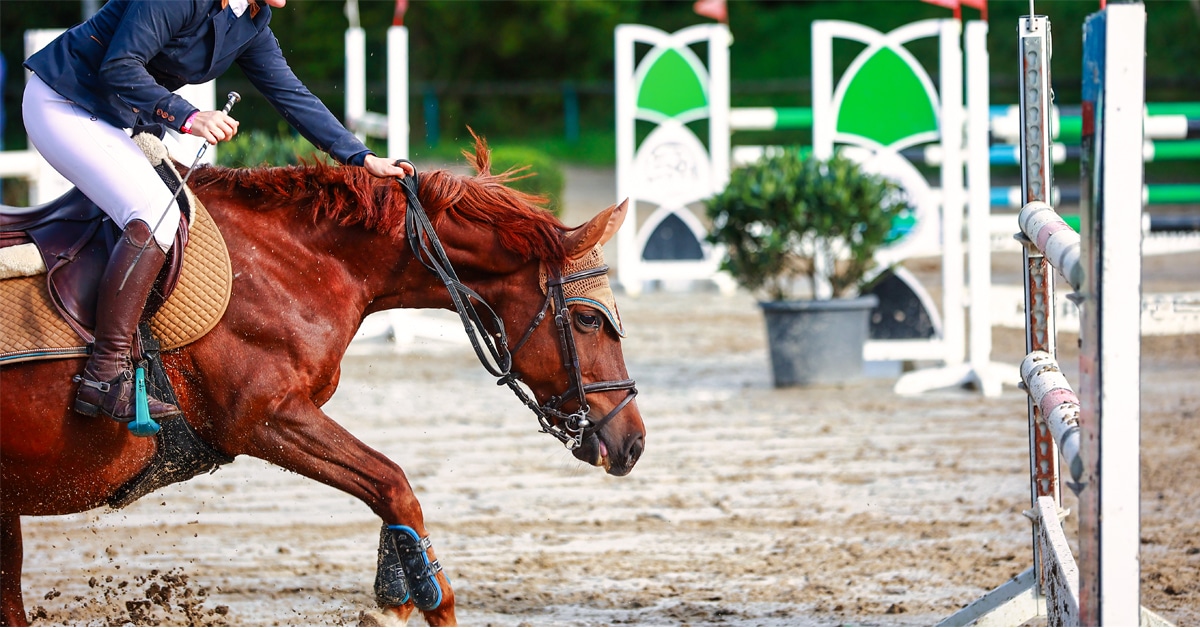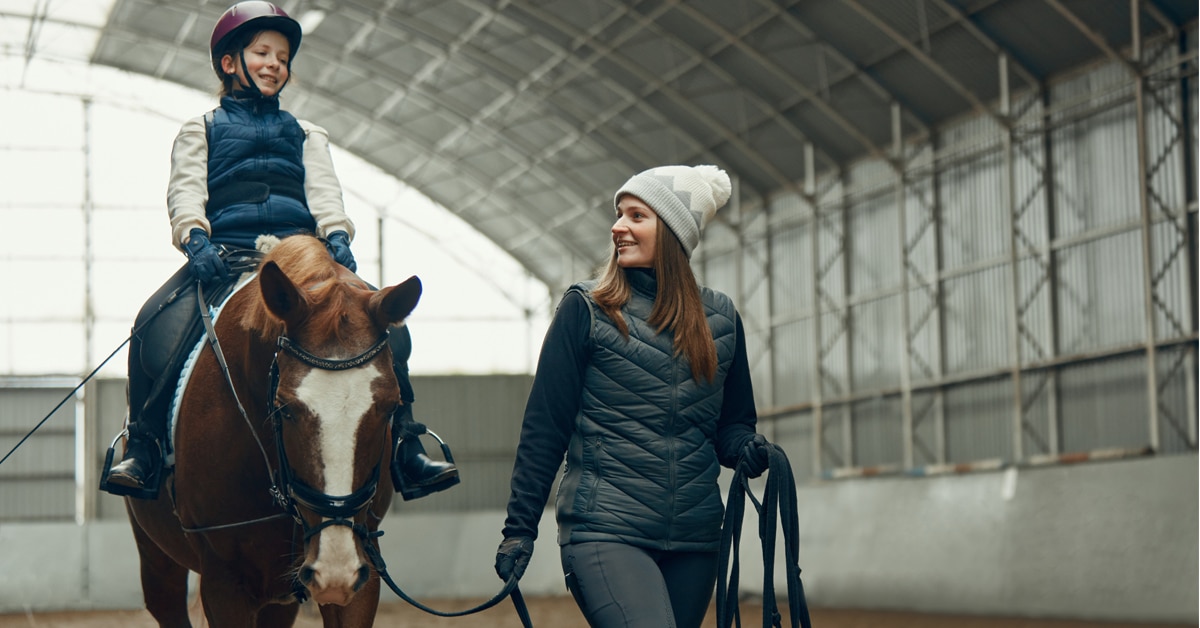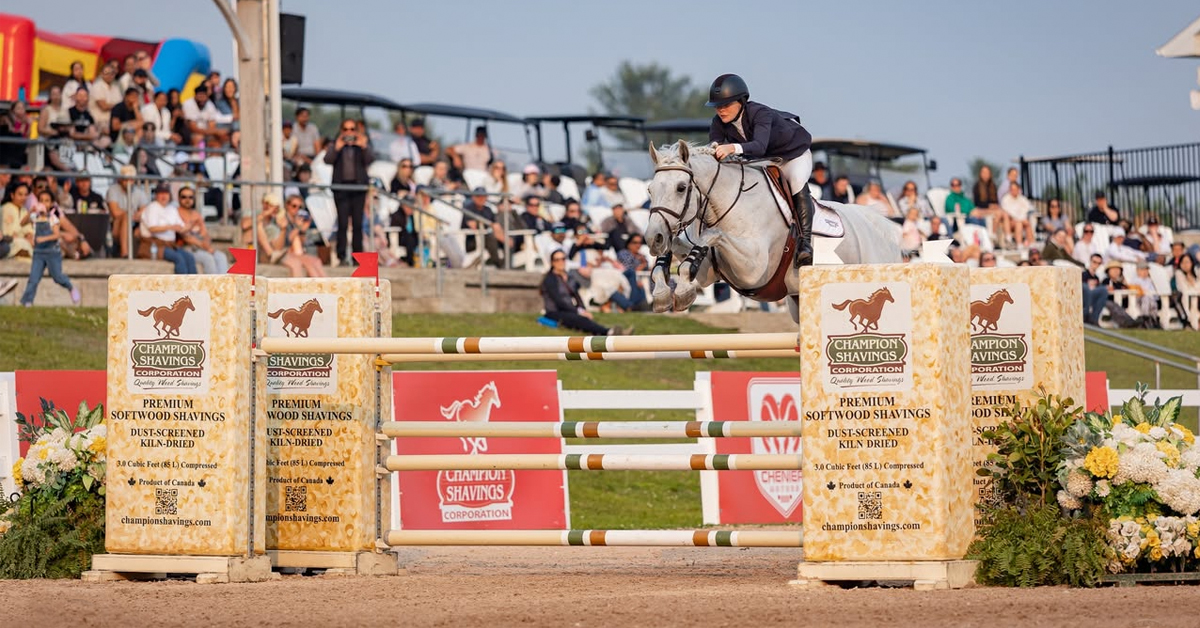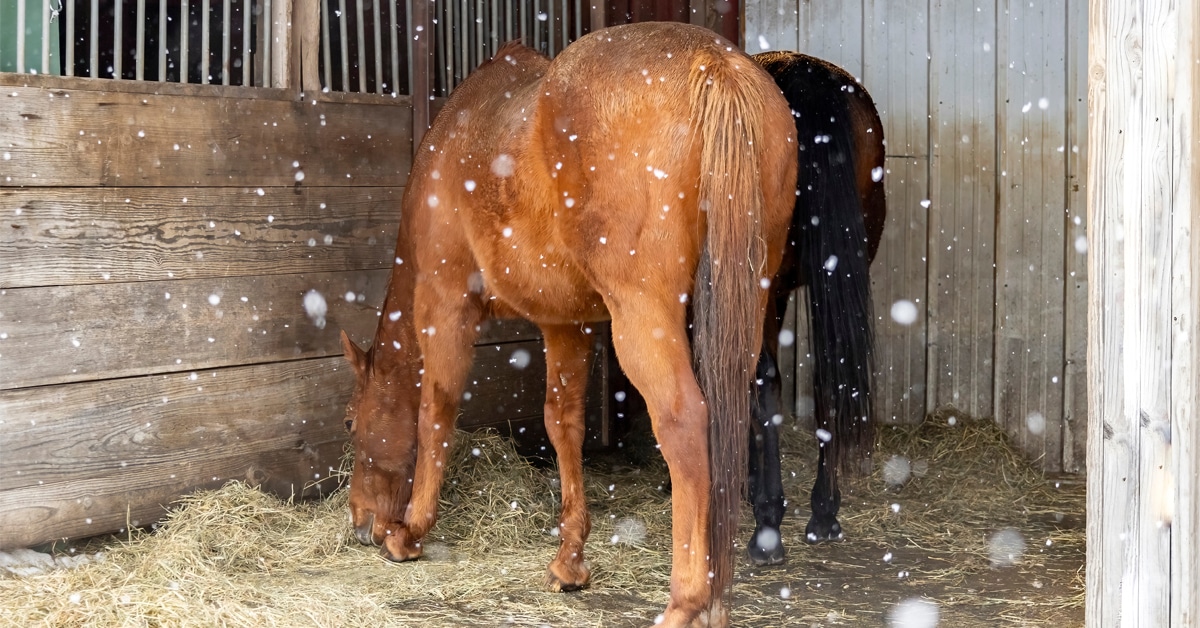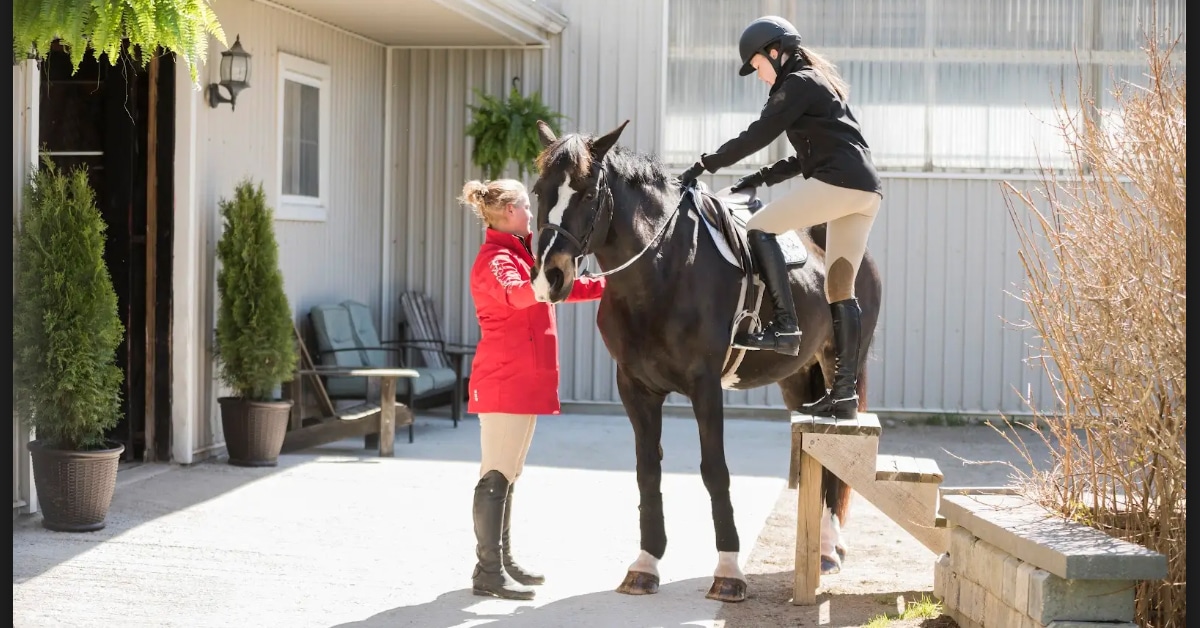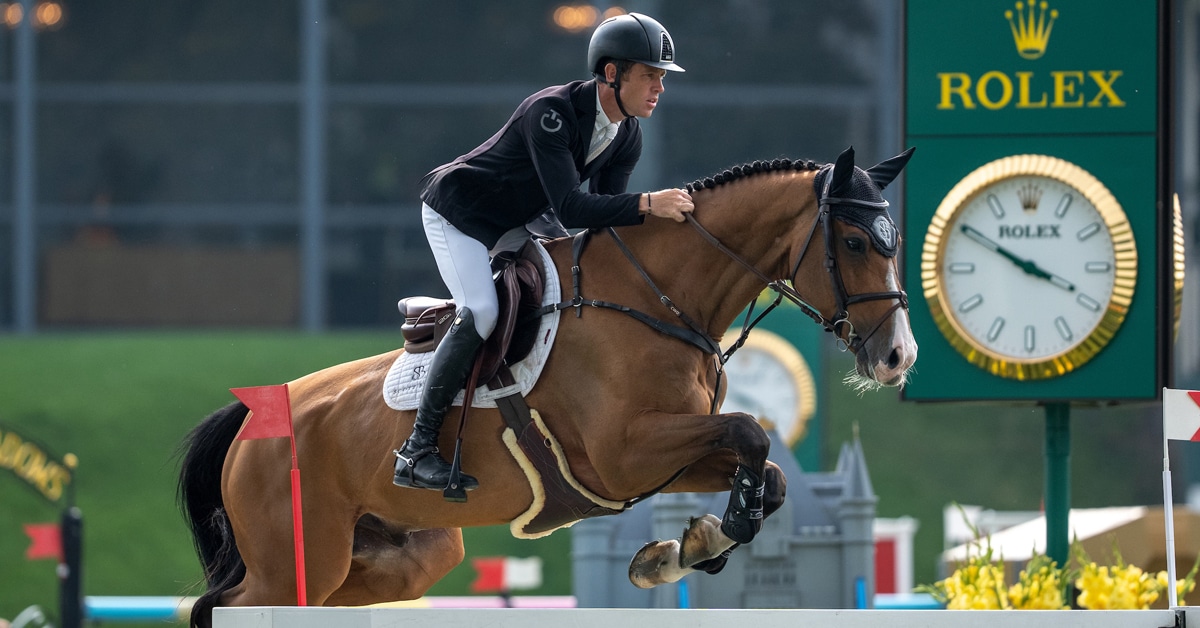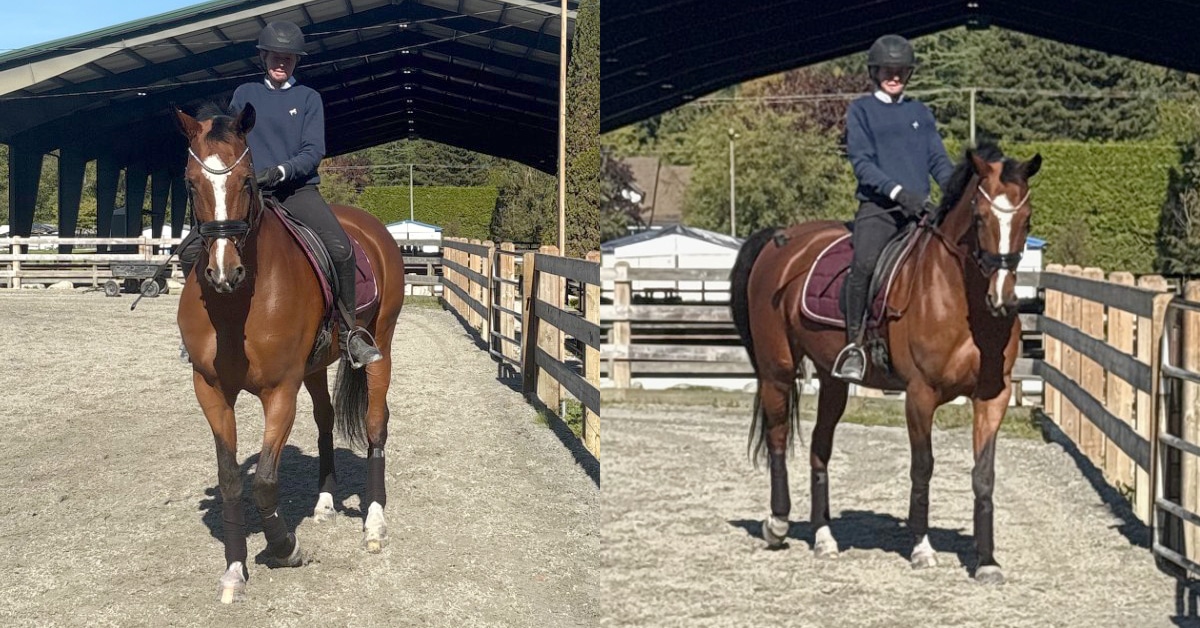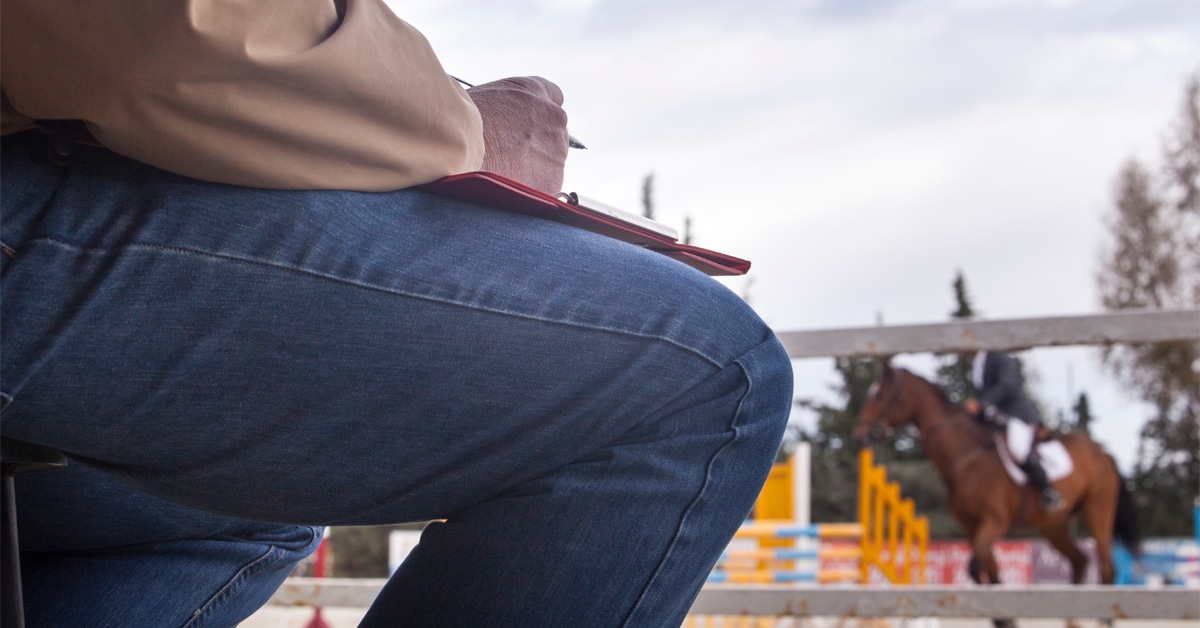Today’s young riders often compete with comparatively few hours of experience in the saddle. With safety a huge priority in eventing in particular, a growing number of coaches and trainers are utilizing a new teaching tool to help students use knowledge to overcome horsemanship deficits from inexperience, and are discovering equitation science is improving performance in all disciplines.
Safety in eventing’s cross-country phase has been the subject of studies, articles, and a few FEI summits. The factors that contribute to a horse falling on course are myriad and include fence type and design, time allowed, technical challenges, event level and importance, riders’ skill level, experience and gender, and horses’ age, experience and prior performance. In 2016, the FEI conducted an independent audit known as the Barnett Report to analyze the risk factors for horse falls in cross-country at its competitions. Phase 1 of the study included the analysis of fence-related factors, while Phase 2 considered factors related to the horse and its rider. The data for the report was gleaned from higher-level events, but safety at the lower levels is critical to keep the sport alive. As the report’s author, Charles Barnett, wrote, “It is in the interest of the sport to encourage younger and talented individuals to progress, but only if they can do so safely.”
Among Phase 2 findings was evidence that rider experience played a role in horse falls, as did approaching a jump either too fast or too slowly. At some levels, horses with either dressage or show jumping penalties or those that had already fallen within the year were more likely to fall on course. Do these factors indicate training deficits in both horses and riders that increase the fall risk, and if so, what can coaches of young riders do to mitigate that risk? Is there an approach to training horses and riders that can decrease miscommunication between the two?
Absolutely, say a growing number of coaches. Many have turned away from traditional coaching and training methods after using them for decades and are pursuing a Diploma of Equitation Science (ES) through Equitation Science International, and are now using ES principles in their competition programs.
Horsemanship Experience vs. Education
Past FEI Eventing Summit chairman David O’Connor said of changes to the level of riders’ horsemanship, “The sport is getting to the place where we replace experience with education.” Today’s equestrians are a breed apart from their predecessors. Many young riders lead over-subscribed lives, juggling a packed schedule of activities after school or work that limits the connection with their horse as well as time in the saddle. How can coaches ensure young riders gain the right education to replace that experience?
Tammie Blewett, Dr. Susi Cienciala, Maeve Drew, Lynne Larsen, Brandy Saunders, Sara Sellmer, and Jane Stone are involved as competitors, trainers, and/or coaches at local through international eventing levels. They say lack of experience leads to safety risks they see regularly: poor horsemanship and ‘over-horsed’ riders whose experience and skill are mismatched to their mount. Combined with unrealistic competition goals and timelines for advancing through the levels, young riders and their horses are sometimes competing beyond their limitations.
FEI competitor and 2016 North American Junior and Young Rider Championships (NAJYRC) coach Sara Sellmer, based out of Kamloops, BC, says, “Nowadays, teenagers fit in their riding between volleyball, dance, and their tutor.” Vancouver Island-based EC Level 1 coach and prelim level competitor Maeve Drew, who worked alongside Sellmer as the NAJYRC chef d’équipe, absolutely agrees. “Young riders just don’t get out of the arena, and many of them don’t have their horses at home. They show up for a lesson, are with their horse for an hour or two, and then they’re gone.”
It’s also possible the concern for safety in equestrian sports has unwittingly contributed to underequipped riders. Level 4 Certified Horsemanship Association (CHA) coach Tammie Blewett also competes at prelim level and coaches from her Unicorn Stables in BC’s Lower Mainland. “Some of the kids that are coming up now don’t know how to trail ride,” notes Blewett. “They’re not allowed to jump unsupervised, so they don’t experiment.” EC Level 3 Event and NCCP High Performance 1 coach Jane Stone from Vancouver Island concurs, saying, “There’s no longer the opportunity to make mistakes and problem-solve on your own or think on your feet.”
EC Level 4 eventing coach and three-star competitor Lynne Larsen suggests this new reality is a big problem, because riders are on course without a coach in their corner when things begin to unravel. She says, “Athletes need to have the capacity to make decisions in the moment, like ‘How fast am I going, how balanced am I, am I willing to take time penalties to make sure I’m balanced?’ They don’t necessarily have the tools to make those decisions.”
Using Equitation Science Tools
Using as its foundation the understanding of how horses learn, the ES approach simplifies training of both horse and rider in the use of negative reinforcement (pressure/release). Because of its simplicity, students quickly comprehend concepts like ‘timing’ and ‘feel.’ As their horse learns to respond to light aids, riders acquire balance without a litany of instruction that makes their eyes glaze over.
EC English Competition coach Brandy Saunders, who instructs and competes out of her operation near Nelson, BC, says ES clarifies use of the aids for her students. “The clearer it is for the rider, the clearer it is for the horse.” she says. “If we don’t understand what we’re doing, how can we communicate it to the horse?” That clarity and simplicity make sense for safety on course. “When I’m galloping up to a four-foot solid box, I don’t need a checklist of 15 things to remember,” says Sellmer.
Can a simple, ‘safety first’ approach produce good competition results? Without doubt: Sellmer and Drew’s influence recently helped produce two NAJYRC individual gold medals and a bronze medal in the CCI* team division.
ES uses the horse’s footfalls in all gaits to establish a rider’s sense of timing regarding pressure application and release, and gives them an objective measure to know if their horse is listening to them. “Lack of brakes is the biggest safety issue for young riders,” says Stone. “ES is a great tool for working with beginners whose skill and balance is poor. It gives them a structure and framework they can literally count on.”
For example, students count out their horse’s footfalls at a walk and then learn to stop the horse in two steps of the forelimbs from light pressure. At a trot, stop is in four steps, and at a canter, two strides. There’s nothing safer than reliable brakes. “That builds confidence in the beginner” says Drew. “But if anything does happen, they know how to stop.”
Aids for ‘go’ and ‘turn’ are explained and trained just as simply (see Take Home Exercises), and riders and horses begin to communicate and perform like a team on course. Balance comes naturally when the rider doesn’t need amplified aids to moderate the pace or direction of their horse. Without an interfering rider, balance comes naturally to the horse, as self-carriage is critical. It’s horses that fall on course; safe horse equals safe rider.
Equitation Science Improves Horse Welfare
From a welfare perspective, horses that understand what they’re being asked to do are happier mounts. Veterinarian and three-day eventer Dr. Susi Cienciala conducts a workshop that helps riders use ES to address their horses’ conflict behaviour (unwanted behaviours such as bucking, rearing, tension, etc.), and their own fear of its occurrence. “Once you understand how horses learn and can apply these simple principles, your horse becomes more predictable in his behaviour. Before that, he was completely unpredictable. Not only were you afraid of him, but he was afraid of you!”
She believes this approach develops rider empathy, discourages blaming the horse, and promotes problem-solving when the ride goes wrong. Blaming horses for ‘bad’ behaviour, or responding to it emotionally, puts horse welfare at risk. Larsen says, “What I hear a lot is ‘He really likes cross-country and he really gets keen, so I need a bigger bit.’” Contrary to common opinion, the horse that’s covered in sweat and agitated in the start box isn’t ‘keen’ to get on course. “That horse is terrified!” exclaims Selmer. Witness riders at the top of the sport. “Their horses just walk into the box and lope off.” Blewett’s says once her students grasp the ES concepts, her ES-trained string of lesson horses may go to shows with several different riders, but are consistently ridden and perform happily.
Some of these coaches lost students when they introduced ES to their training programs. However, they find themselves gaining new clients based on their results. They take online courses year-round and attend practical clinics held annually with ES pioneers, Dr. Andrew and Manuela McLean.
Will ES catch on? Time will tell, but these equitation science majors predict more snaffle bits in the future of all horse sports.
Equitation Science Take-Home Exercises
Learning timing and feel can be all in the numbers. Using lessons she’s learned from ES clinicians Dr. Andrew McLean and grand prix rider Jody Hartstone, Jane Stone says, “I teach young riders to give aids in three steps over three seconds. Start with a light aid (‘please’); if necessary give a stronger aid (‘do it’), and then release the pressure (‘thank you!’) with the correct response.” This method is also a valuable tool when training young horses.
Exercise 1: Teaching the ‘Go’
Using a scale from 1 to 10, she also helps students understand how much pressure to use when applying their aids so the horse learns to respond to the light aid given at the ‘please’ step. As an example, when she is teaching a student the aid for ‘go’ she says, “I explain that ‘0’ pressure is no leg and ‘1’ is the leg resting on the horse’s side. To train a good ‘go’ I teach students to give their leg aid at a level ‘2’. If there is no response, immediately give the aid at level ‘5’ or ‘6’ to get the trot and release the pressure, all within three seconds.” The horse quickly learns to respond to the light aid to avoid the strong aid and is rewarded with a faster release of pressure. But there has to be a release of the aid with the leg pressure returning to ‘1.’ “Horses don’t like pressure on their sides,” says Stone. “Keeping the leg aid on after the horse moves forward actually de-trains ‘go’.”
Exercise 2: Teaching the ‘Stop’
A similar scale can be used to explain rein contact when learning ‘stop.’ Stone uses ‘0’ to quantify a loop in the rein, ‘1’ is a straight rein with light contact, and ‘2’ is where you should start to get that ‘stop’ or a downward transition. “You ride on a ‘1’, squeeze to ‘2’ and if you get no response, then use the rein at ‘5’ or ‘6’ and release to ‘0’ within three seconds, and return to ‘1’.” Using this consistent timeframe, the horse learns the pattern and the rider recognizes when the horse is responding correctly.
Exercise 3: Turning
Stone starts her beginners and her young horses working a shallow serpentine (opposite page); two steps to the right with a direct rein, two steps straight without rein pressure, then two steps to the left, and so on. As riders progress, she uses an octagon to add complexity to the turning exercise, but with a few steps of straightness without rein pressure following each turn to reward the horse.
Exercise 4: Speed Control
In sports where too much speed is a safety factor, control on the course is essential. To discourage the horse from rushing off within a couple of strides of landing, an exercise Stone recommends is halting immediately after a jump. This helps students maintain speed control on course by teaching the horse to anticipate a transition.
Beginning with ground poles, she has students trot over a pole and halt as close to the pole as they can. Once there is a reliable stop with poles, she moves up to tiny crossrails. Eventually, the student can be asked to do this exercise at a canter and expect a stop within two strides of the jump.
For more information about ES, visit equitationscience.com.
The Latest
